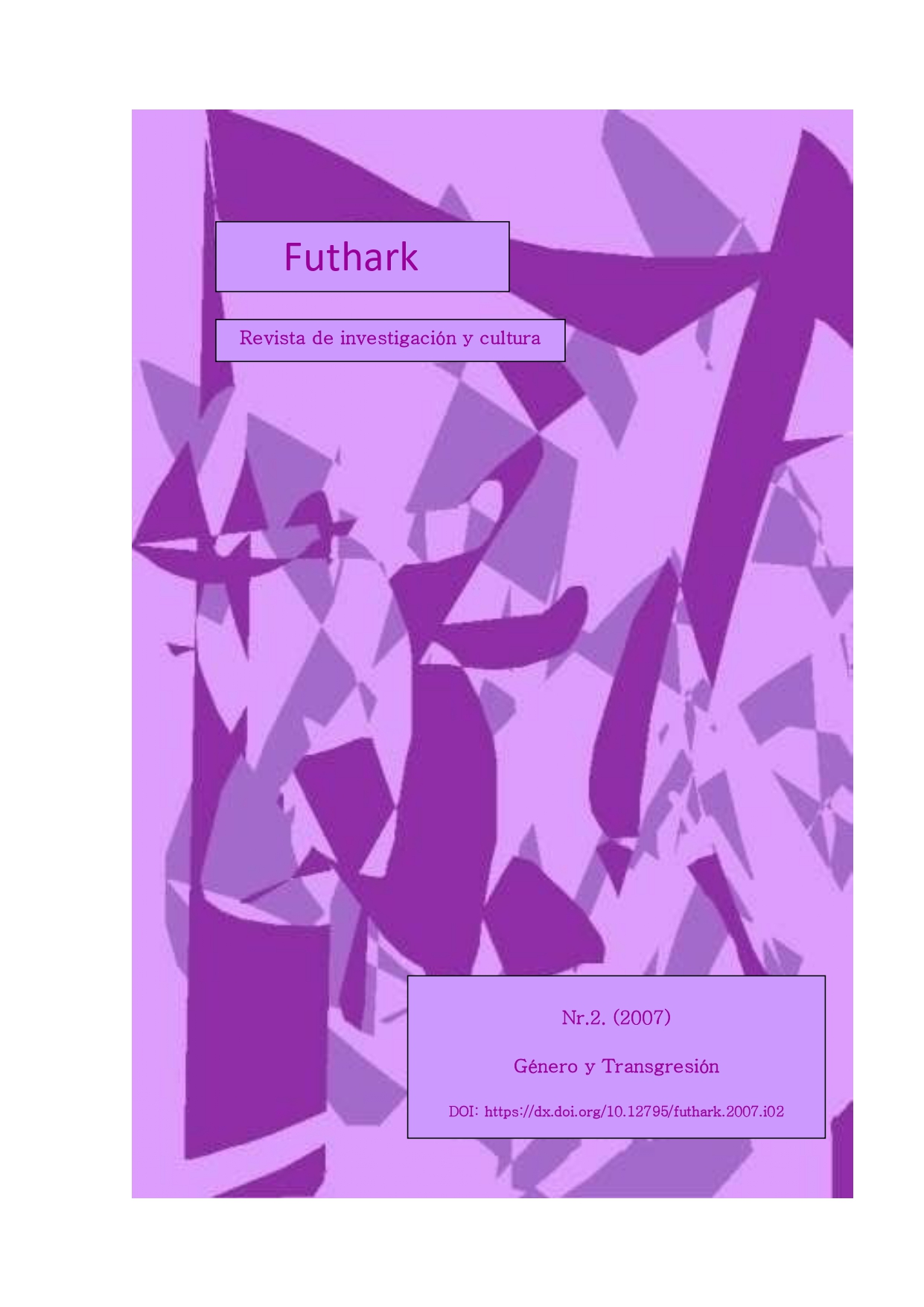DARK AND FAIR LADIES IN HAWTHORNE’S FICTION
Parole chiave:
no hayAbstract
The Dark and the Fair Lady are traditional stereotypes of Gothic fiction, which have reflected the social tensions of the society towards the role of the female, especially her sexuality. The Dark Lady is the embodiment of a demonic and subversive power, which allows her to trespass the limits of the patriarchal order. Conversely, the Fair Maiden represents the standard of the female as given in the “Cult of True Womanhood:” a pure and submissive woman. Hawthorne takes over these old images and transforms them to analyze gender relations and the complex personality of the female. On one hand, Hawthorne’s dark ladies—Beatrice, Hester, Zenobia and Miriam—stand for a transgressive womanhood. They are passionate creatures whose life force makes them fallible: full and complex characters who are finally defeated. On the other hand, his fair maidens—Phoebe, Priscilla and Hilda—have a more conservative role. Their spirituality and perfection are usually associated with insubstantiality and hardly believable idealization, a male’s dream. Hawthorne deals with both stereotypes ambiguously. He shows us how “the myth of the American Eve,” as either fair or dark, reflects the social prejudices of the nineteenth century. Even though Hawthorne expresses admiration for his demonic females, he destroys or contains their transgression. As for his light ladies, they appear as the right mates for the fictional heroes, but they never become true women. Hawthorne creates a complex characterization for each one of his females, which enrich and question the old images of the Dark and the Fair Lady.
Downloads
Metriche
##submission.downloads##
Pubblicato
Come citare
Fascicolo
Sezione
- Abstract 121
- pdf (Español (España)) 42




